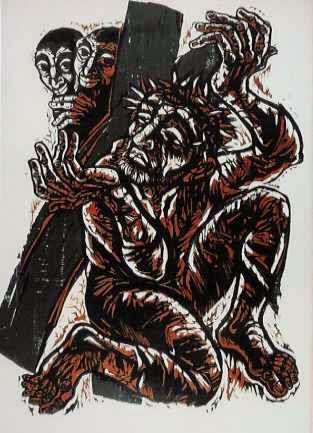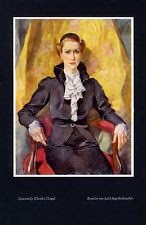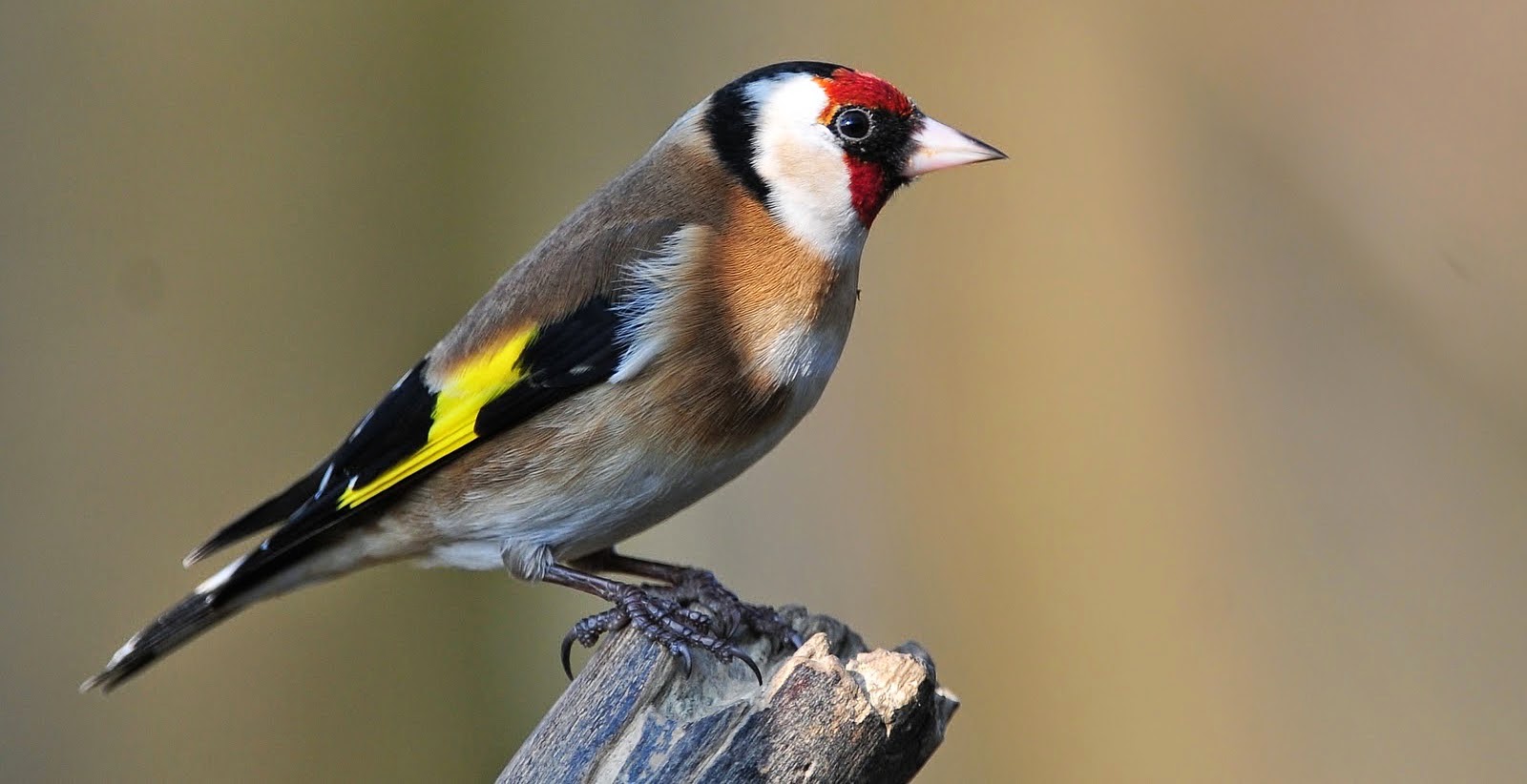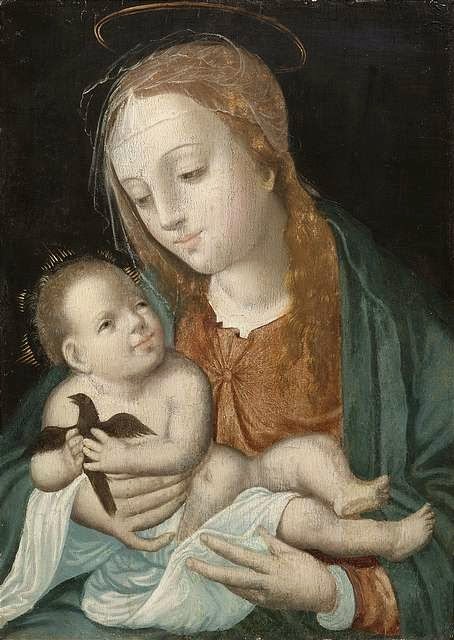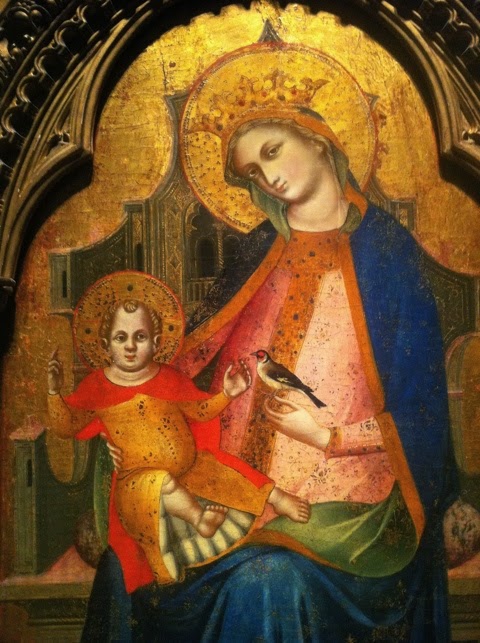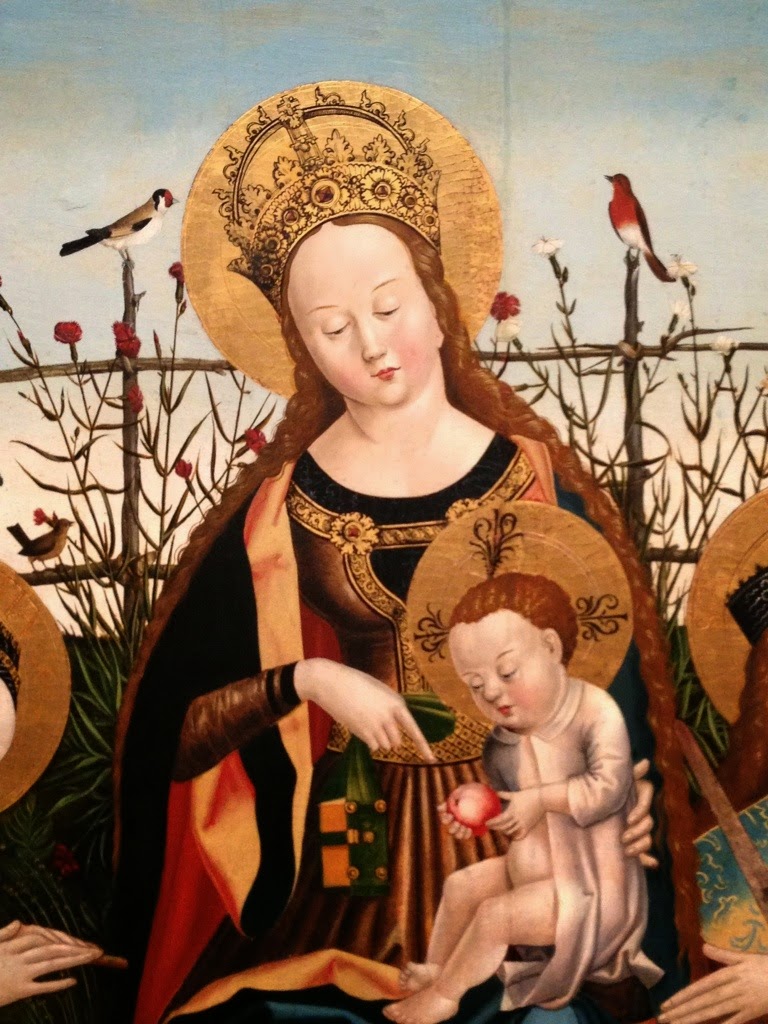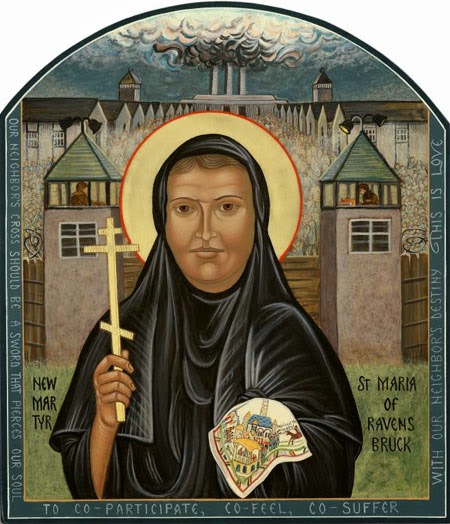Our Next poetess was one of my favorite nuns at Regina Laudis. Everything I know about herbs I learned from her. She was a cultured, brilliant woman and most generous with her knowledge. Mother Jerome von NagelMussayassul, died at the Abbey in 2006, at the venerable age of 98, still active with her work. She entered Monastic Life in 1958, at the age of 50, having lived an international life as a citizen of the world that took her from her birthplace, Berlin - Charlottenburg, to Cairo, Alexandria, Florence, and New York before entering RL.Melanie "Muska" von Nagel was born in 1908, one of three daughters to General Major Karl Freiheer von Nagel, Commander of the Bavarian First Heavy Cavalry Regiment and Chamberlain at the Bavarian Court, and Mabel Dillon Nesmith, from a prominent New York family. She spent her early childhood in Munich and the surrounding Bavarian countryside until the assassination of her father in 1918.
For Melanie, the years between the wars marked the beginning of her introduction to international society as well as the beginning of her life as a serious, published writer. She lived for a time in Florence and in 1944, having returned to Germany and with the Second World War in full progress, she met and married Halil-beg Mussayassul, a prince from the Caucasus Mountains, who was a highly regarded portrait painter with a studio in Munich. During and after the war, they gave shelter to refugees, mostly Russian, including many concentration camp survivors. Speaking eight languages fluently, she was also a great service to the Displaced Persons camps.
At the close of World War II, she and her husband Halil began a life in New York. After his death shortly after, Melanie continued to live in New York, pursuing her writing, and supporting, fostering and contributing to its cultural life. In spite of this stimulating existence, she felt an emptiness that led her to pursue her long standing attraction to Monastic Life. Visiting the Abbey she instinctively realized that she was suddenly and finally "at home".
![]() |
| Painting of Muska by Halil |
In 1957, she entered Regina Laudis, writing, "I'm being led. Who else can plan the ways that rise from roots to tips of meadow grass?" Her life at the Abbey was simple and humble, in stark comparison to her previous life in Europe and America. Always faithful to the Divine Office, she received through it the energy necessary for the many duties of daily life.
Perhaps her most outstanding public accomplishment was her work as the well known author Muska Nagel. Progressing from book reviews early in her life to her own poetry and translations of other authors, most significantly her old friend Paul Celan, was a lifelong work. She continued writing and publishing until her death.
Understanding the strength of an Abbey as a stabilizing center, Mother Jerome worked with the land records of Bethlehem and neighboring towns. She gave those interested, including the young in her own community, a stronger sense of their roots and the spiritual richness of the land which nurtures them.
Mother Jerome was a magnet for young and old, who sought out this woman of inspiration, hope, wisdom, humor, faith and unquenchable thirst for life. Groups of young persons traveled regularly from Germany to learn from her, as did the people of Daghestan, the country of her deceased husband, who affectionately considered her the mother of their country.
When Melanie von Nagel was clothed in the Benedictine habit as a Novice, she received the religious name of Jerome, after the Saint who devoted his life to scholarship, teaching, writing and translating. She fulfilled her name throughout her religious life, by prayer, teaching and study. Three books of her poetry were published, these two poems from "Things That Surround Us" (1987).
OWL in the COLD
The thoughts that come forbidden to my house
are like a flock of parakeets
amazing in this green of rain
and loneliness.
They preen their feathers as they take flight,
light,
swirling,
not for me to hold,
just to reflect their nimbleness,
peering, as in a darker season, does
the owl out of her winter nesting
into the light
bright
flight
of snowflakes
in the cloaking cold.
FROM A MIRROR
It was good that you hated my sight and threw me away
in the garden.
I lie where I fell. Now each of my splinters
reflects, open and free,
a different angle: surprises,
exchanges. Each fragment filled to the brim
with the nudging of pebbles, of grasses - a dewdrop
curving in love pours sky into one flash of me;
another facet embraces
the amaranth belly, the wing
of a beetle, a grasshopper’s thigh pulsing red,
gold tatters of cloud.
Like the grass
I am eaten by sun and by rain, learning,
in fragments, how wisdom
comes at the end.
I thank you.



